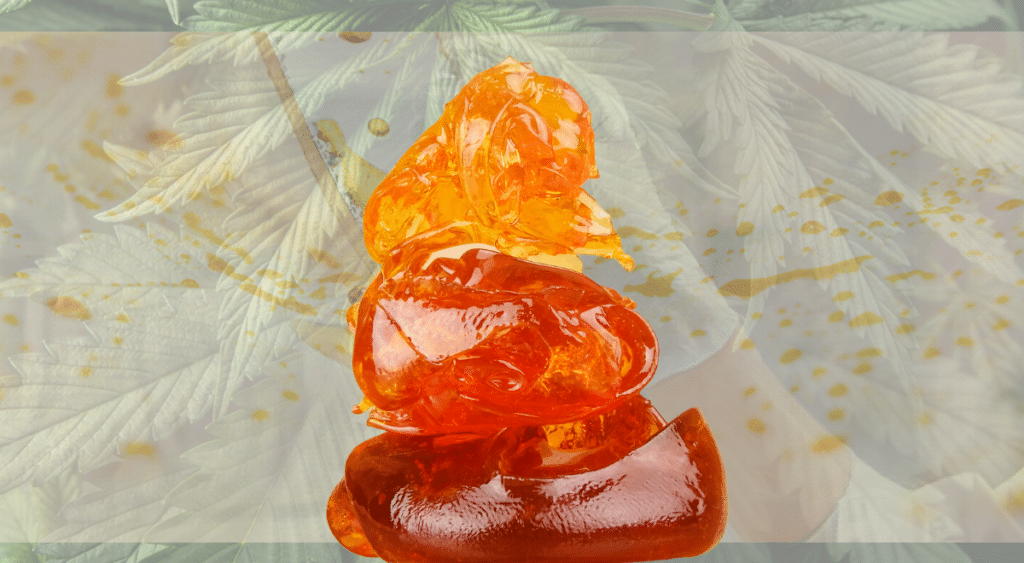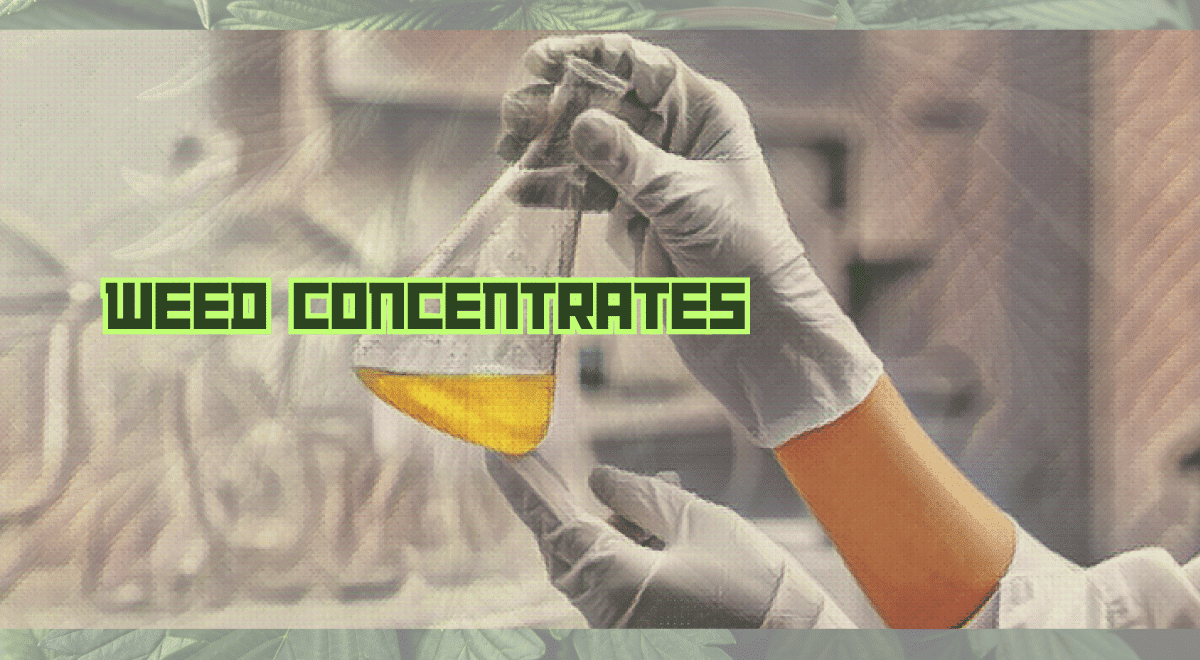Weed Concentrates: How to capture cannabis essence
Weed concentrates attained immense popularity in the cannabis industry due to their potency and versatility. These potent extracts, often referred to as “weed concentrates,” come in various forms, from waxes and shatters to oils and tinctures. The creation of concentrates involves a meticulous process of extracting the active compounds from the cannabis plant, ultimately concentrating their effects.
Let’s explore the methods of creating cannabis concentrates, highlighting the key differences between solventless extraction methods and those using solvents. Let’s also delve into the process called “winterization” and its significance, as well as discuss the types of terpene content that best survive various extraction methods.
Methods of Creating Weed Concentrates
Cannabis concentrates derive from extracting and concentrating the active compounds, primarily cannabinoids and terpenes, from the cannabis plant. There are two main methods of creating weed concentrates: solventless extraction and solvent-based extraction.

Solventless Extraction Methods
Solventless extraction methods rely on mechanical processes to separate the desired compounds from the plant material. These methods are prized for their purity and the absence of potentially harmful chemical residues. Rosin pressing, dry sifting, and ice water extraction are popular solventless techniques.
Rosin Pressing: One of the most straightforward and popular solventless methods is rosin pressing. This method involves applying heat and pressure to cannabis flower or hash, which causes the trichomes (tiny resin glands) to rupture, releasing the essential oils containing cannabinoids and terpenes. The resulting rosin is a pure, flavorful concentrate without the need for any solvents.
Dry Sifting: Dry sifting entails sieving dried cannabis flowers or trim through fine screens to separate trichome heads. The collected trichomes, also known as kief, can be further compressed into different forms of concentrates.
Ice Water Extraction: This method employs ice-cold water and agitation to isolate trichomes from the plant material. Afterward, the trichomes are separated from the water and dried to create hash, a solventless concentrate with a potent flavor profile.
Solvent-Based Extraction Methods
Solvent-based extraction methods, on the other hand, involve using chemical solvents to dissolve the essential compounds from the cannabis plant. While these techniques can yield higher concentrations of cannabinoids and terpenes, they require careful processing to ensure the removal of residual solvents. Common solvents used include butane, propane, and carbon dioxide (CO2).
Butane and Propane Extraction: Butane and propane are hydrocarbon solvents often employed to create concentrates like shatter and wax. In these methods, the solvent is passed through the plant material, dissolving the cannabinoids and terpenes. The resulting mixture is then purged of residual solvents, leaving behind a potent concentrate.
CO2 Extraction: Carbon dioxide extraction is a cleaner and more controlled method, utilizing supercritical CO2 to extract cannabinoids and terpenes. It can produce a range of concentrates, from oils to waxes, with minimal risk of residual solvents.
Winterization: The Purification Process
One common step in the creation of solvent-based cannabis concentrates involves “winterization“. Winterization removes additional unwanted impurities, such as lipids, cellulose, and chlorophyll, from the extracted material. This purification step improves the overall quality and purity of the concentrate.
During winterization, the extracted material is mixed with a high-proof alcohol, usually ethanol, and then placed in a freezer for several hours. The extremely low temperatures cause the unwanted impurities to solidify and separate from the desired compounds, which remain in liquid form. The mixture is then filtered to remove the solidified impurities, leaving behind a cleaner and more potent concentrate.
The primary reason for winterization is to enhance the clarity, flavor, and overall quality of the concentrate. By removing these unwanted compounds, winterization not only improves the aesthetics of the concentrate but also enhances the user experience by eliminating harsh tastes and undesirable textures.
Terpene Content in Weed Concentrates
Terpenes are aromatic compounds found in cannabis that contribute to the distinct flavors and effects of different strains. The choice of extraction method significantly impacts the terpene content of the final concentrate.
Solventless extraction methods are generally gentler on terpenes, as they don’t involve the use of harsh chemical solvents. This results in concentrates that often retain more of the strain-specific terpene profile, preserving the unique flavors and aromas associated with the original cannabis strain.
In contrast, solvent-based extraction methods can sometimes lead to a loss of terpenes due to the exposure to the solvents and the necessary post-processing steps. However, some advanced extraction techniques aim to preserve terpenes by minimizing their exposure to high temperatures and pressures.
The Benefits of Concentrates
Weed concentrates provide an exciting option in the cannabis world, offering users highly concentrated forms of the plant’s active compounds. The choice between solventless and solvent-based extraction methods ultimately depends on personal preferences, desired outcomes, and safety considerations.
When selecting a concentrate, understanding the extraction method and its impact on terpene content can help users make informed choices and experience the full spectrum of cannabis’s flavors and effects. Whether you prefer solventless or solvent-based concentrates, one thing is certain: weed concentrates provide a potent and convenient way to enjoy the many benefits of cannabis.






